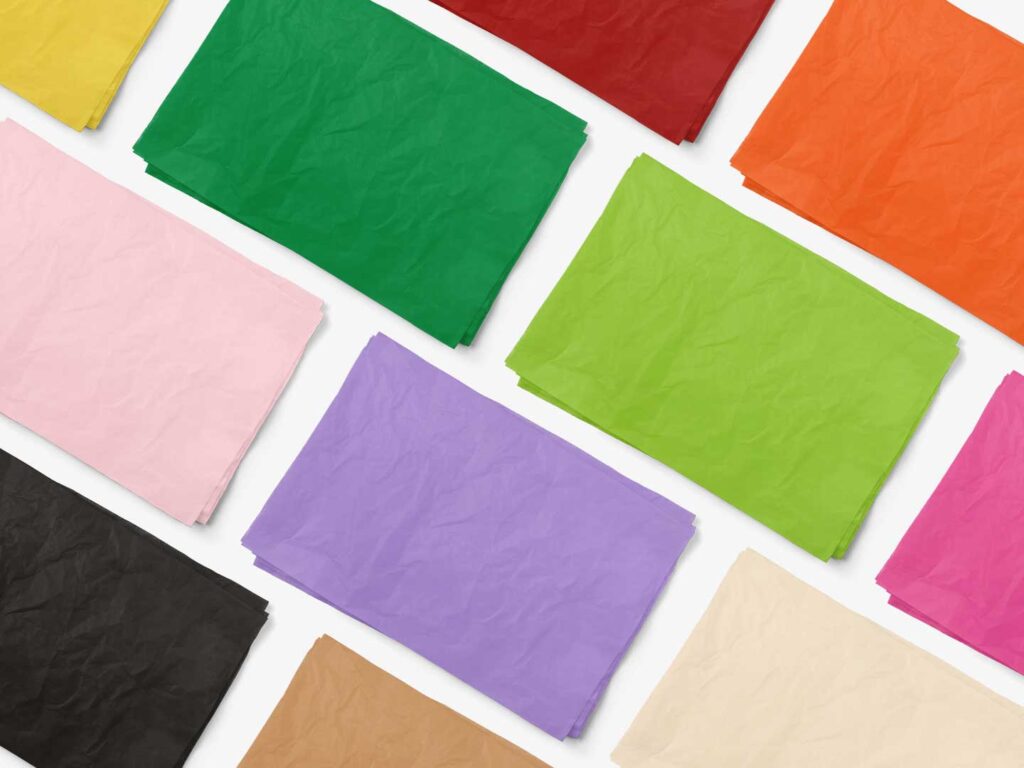In the world of retail, every detail counts. From the moment you step into a store to the anticipation of unboxing an online purchase, the colors used in retail shopping packaging play a pivotal role in shaping your shopping experience. Behind every shade, there’s a psychological strategy at work. Let’s take a closer look at the fascinating world of color psychology in retail packaging.
Color Psychology: What’s Behind the Hues?
Color psychology is the science of how colors affect human behavior and emotions. Each color triggers a unique response, often on a subconscious level:
- Red: The color of passion, excitement, and urgency. It grabs attention, making it ideal for clearance sales and promotions.
- Blue: Conveys trust, calm, and reliability. Many financial institutions and tech companies use blue to establish a sense of security.
- Green: Associated with nature, health, and freshness, green signifies eco-friendliness and organic products.
- Yellow: Radiates happiness, optimism, and youthful energy, making it a choice for brands aiming to appeal to a fun-loving audience.
- Black: A symbol of sophistication, elegance, and luxury. High-end brands frequently use black packaging to convey exclusivity.
Influencing Purchase Decisions:
The colors used in retail packaging have a significant influence on our buying decisions. They shape our perception of products and brands, often at a subconscious level.
- Warm colors like red, orange, and yellow are known to stimulate appetite, which is why they’re prevalent in packaging for food products.
- Cool colors like blue and green convey calm and trustworthiness, ideal for health and wellness brands.
- When consumers feel a strong emotional connection with a brand’s colors, they’re more likely to make a purchase. The consistent use of specific colors builds brand recognition.
Seasonal Significance:
The power of color doesn’t stop at emotions. It also helps signal the changing of seasons and celebrations.
- Christmas is marked by red and green, while pastels are associated with Easter. Seasonal packaging helps consumers get into the holiday spirit.
- Different cultures have unique color associations. For example, red symbolizes good fortune in Chinese culture, making it a popular choice for products during Lunar New Year.
Consistency in Branding:
Consistency is key in branding. When a brand maintains a consistent color scheme across all its packaging, it builds recognition and trust. You immediately know what to expect when you see those familiar hues.
The Art of Unboxing:
The rise of e-commerce has brought an added layer of importance to packaging. The “unboxing” experience is a crucial part of the customer journey. Brands are investing in packaging that not only protects the product but also creates a memorable and exciting moment when customers open their purchases.
- Thoughtfully designed shopping bags and boxes with carefully chosen colors can enhance the unboxing experience. It’s an opportunity for brands to create positive, lasting impressions.
Eco-Friendly Packaging:
As the world’s focus on sustainability grows, packaging is no exception. Earthy tones and eco-friendly materials are increasingly used to signify a commitment to sustainability.
- Biodegradable and recycled materials, as well as natural colors and green branding, send a clear message about a brand’s dedication to environmental responsibility.
The psychology of color in retail packaging is a well-thought-out strategy to engage consumers on an emotional level and create memorable shopping experiences. Every color choice reflects a brand’s personality and influences consumer behavior. The next time you’re shopping or eagerly opening a package, remember that the hues around you are not mere decoration; they’re carefully selected to enhance your journey and establish a lasting connection with the brand.



